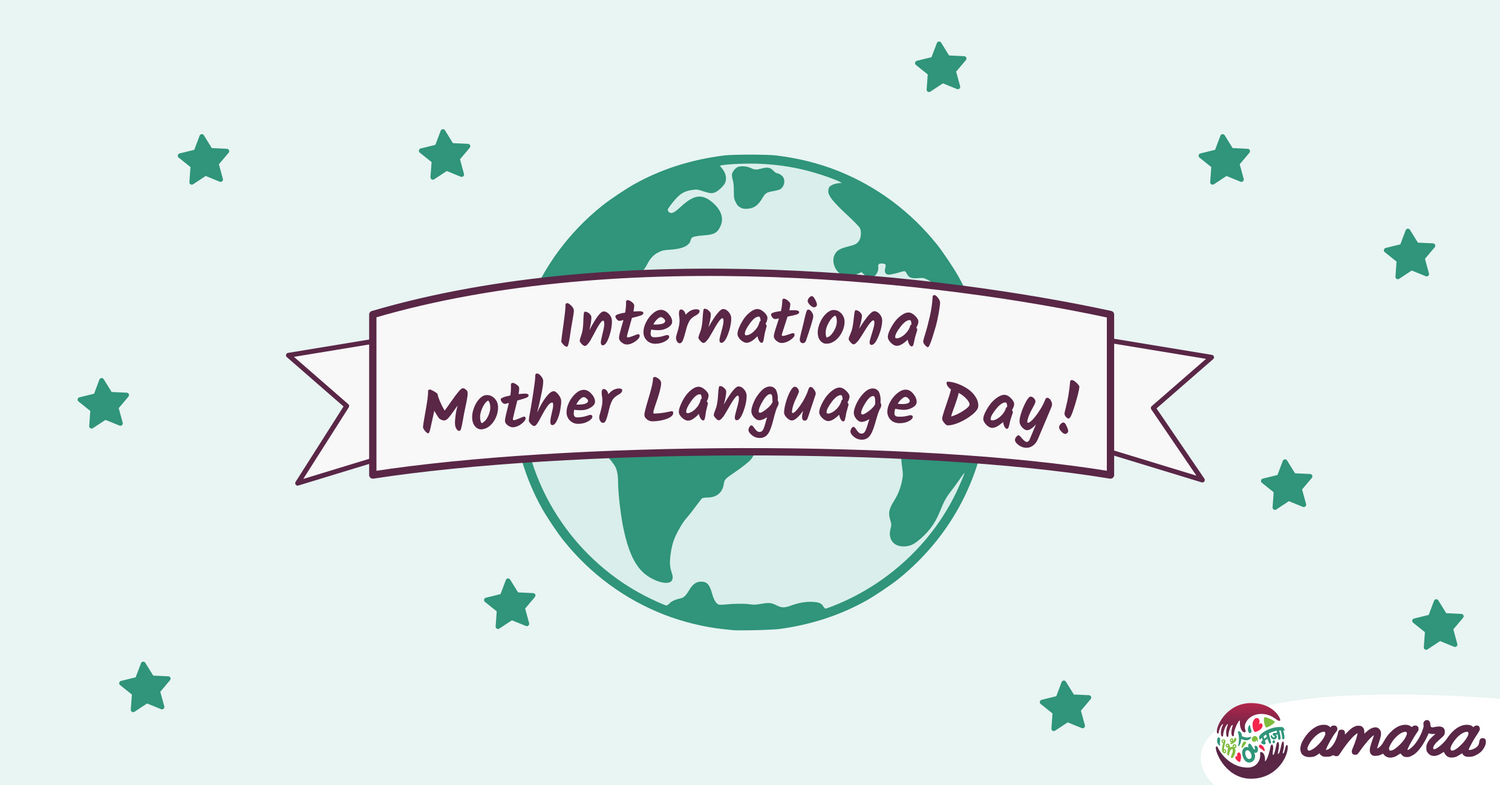Introduction
International Mother Language Day (IMLD), observed annually on February 21, is a global initiative by UNESCO to promote linguistic diversity and multilingualism. It serves as a reminder of the importance of preserving mother languages, which are the foundation of cultural identity, heritage, and human cognition. In this blog post, we will explore the significance of IMLD, the challenges faced in preserving mother languages, and practical ways to celebrate and promote linguistic diversity.
The Significance of International Mother Language Day
1. Cultural Identity and Heritage
- Mother languages are the cornerstone of cultural identity. They carry the history, traditions, and wisdom of communities. Every language is a repository of unique knowledge, from traditional medicine to sustainable agricultural practices.
- By preserving mother languages, we safeguard the intangible cultural heritage of humanity.
2. Linguistic Diversity as a Human Right
- The Universal Declaration of Human Rights recognizes the right of everyone to use their own language. However, many minority languages are at risk of extinction due to globalization, urbanization, and dominant languages overshadowing local dialects.
- IMLD emphasizes the need to protect linguistic diversity as a fundamental human right.
3. Cognitive and Educational Benefits
- Research shows that bilingualism or multilingualism enhances cognitive abilities, such as problem-solving, memory, and creativity. Children who grow up speaking their mother language alongside a global language often perform better academically and socially.
- Mother languages also play a critical role in early childhood education, as children learn best in their native tongue.
Challenges in Preserving Mother Languages
1. **Globalization and Dominance of Major Languages**
- English, Mandarin, Spanish, and other major languages dominate global communication, media, and education systems. This has led to the marginalization of smaller languages.
- Many young people are discouraged from speaking their mother languages in favor of more "useful" or widely spoken tongues.
2. **Urbanization and Migration**
- As people move to cities or migrate to other countries, they often lose touch with their native languages. Urban environments tend to prioritize dominant languages for integration and economic success.
3. **Lack of Policy Support**
- In many countries, policies do not adequately support the preservation and promotion of minority languages. Education systems often fail to incorporate mother languages into curricula, further marginalizing them.
4. **Technological Barriers**
- Digital content, from social media to educational resources, is predominantly available in major languages. This creates a digital divide for speakers of smaller languages, limiting their access to information and opportunities.
How to Celebrate International Mother Language Day
1. **Educational Initiatives**
- Schools and universities can organize workshops, seminars, or language classes to promote mother languages. For example, students can learn basic phrases in local dialects or participate in storytelling sessions.
- Teachers can incorporate mother languages into lessons, especially in subjects like history, literature, or social studies.
2. **Community Events**
- Communities can host cultural festivals, language fairs, or poetry readings to celebrate linguistic diversity. These events provide a platform for speakers of minority languages to showcase their traditions.
- Organize intergenerational language exchange programs where elders teach younger generations their native tongue.
3. **Digital Campaigns**
- Use social media platforms to raise awareness about the importance of mother languages. Share stories, videos, or articles about endangered languages and their significance.
- Create online forums or groups where people can practice and share their mother languages with others.
4. **Policy Advocacy**
- Advocate for policies that support linguistic diversity. This could include funding for language documentation projects, integrating mother languages into education systems, or recognizing minority languages in official documents.
5. **Personal Actions**
- Start by learning and using your own mother language, even if it’s just in informal settings like family gatherings.
- If you speak multiple languages, encourage others to embrace their linguistic heritage by sharing your experiences.
The Role of Technology in Preserving Mother Languages**
1. **Language Apps and Tools**
- Develop apps or digital tools that help users learn and practice their mother languages. For example, Duolingo now offers courses in indigenous languages like Navajo and Hawaiian.
- Create dictionaries or translation tools for lesser-known languages.
2. **Digital Storytelling**
- Use multimedia platforms to document and share stories, songs, and proverbs in mother languages. YouTube, TikTok, and blogs are excellent channels for this purpose.
3. **Virtual Language Workshops**
- Host online workshops or webinars where linguists, educators, and community members discuss strategies for preserving endangered languages.
Conclusion
International Mother Language Day is more than just a celebration; it is a call to action. By recognizing the value of mother languages, we can foster greater cultural understanding, inclusivity, and unity in our increasingly interconnected world. Whether through education, community initiatives, or policy advocacy, every individual can contribute to the preservation of linguistic diversity.
Let us use this day as an opportunity to honor our roots, celebrate our differences, and work together to ensure that no language is left behind. After all, every language is a piece of the puzzle that makes up the rich tapestry of human civilization.
References:
- UNESCO: International Mother Language Day
- United Nations: The Right to Use One’s Own Language
- Research on bilingualism and cognitive benefits
Call to Action
What steps will you take to celebrate International Mother Language Day? Share your thoughts or ideas in the comments below! Together, we can make a difference in preserving linguistic diversity for future generations.


















































